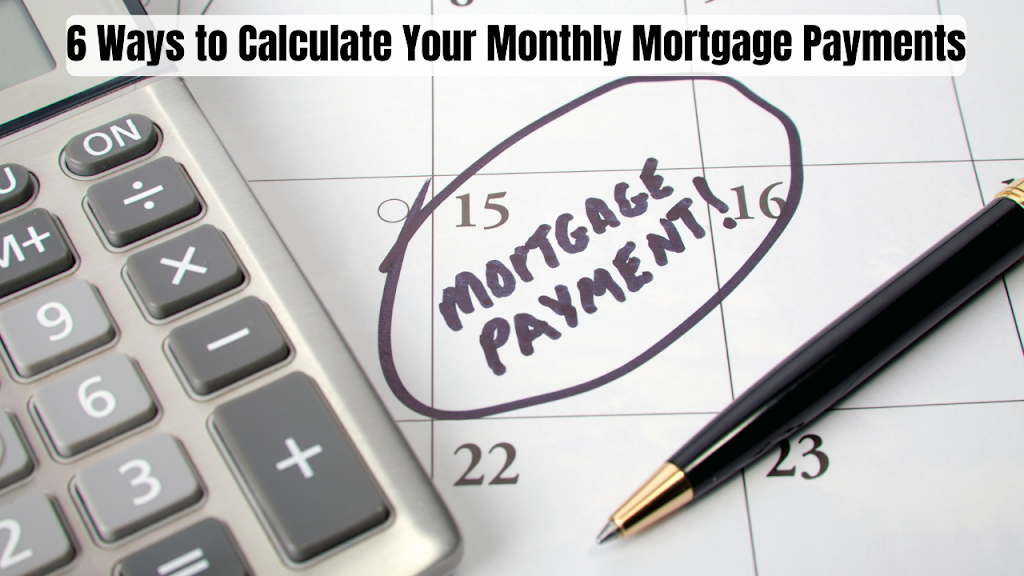The Best Private Student Loans in 2024
 |
| The Best Private Student Loans in 2024 |
Private student loans are best utilized to cover educational expenses once you’ve borrowed the maximum amount you’re eligible for in both subsidized and unsubsidized federal student loans. Private student loans are available from banks, credit unions, and internet lenders; unlike government student loans for undergraduates, they need a credit check. Most undergrads will require a co-signer to qualify. Private loans are also more costly than federal loans, and they often do not have the same flexible repayment alternatives as government loans. That’s why our list of private student loans doesn’t include any five-star lenders. In the great majority of circumstances, a federal student loan is the best choice for paying for college. Check out our list of top lenders and how to get the lowest rates in 2024.
As of May 14, 2024, the following private student loans provide the best APRs and account information:.
- Ascent: The Best Student Loans With Flexible Repayment Terms
- Rhode Island Student Loan Authority offers low maximum APR loans, while SoFi offers additional benefits for members.
- A.M. Money offers the best student loans without a co-signer, while College Ave. specializes in multi-year loans.
- Funding U: Best for Good Students
- PNC Bank is the best for autopay discounts.
- If you already have a Citizens Bank account, it is best.
Tips for comparing private student loans
As you prepare to apply for a private student loan, don’t wait for your school to determine how much you may borrow; conduct your own research. Experts advocate borrowing a little more than you are expected to earn in your first year out of college. This may help you avoid having excessive monthly costs once you finish school.
When evaluating each lender, consider the following factors:
- The amount you can borrow
- The total cost of the loan, including interest rate and costs
- When must you begin repaying?
- How long do you have to return the loan?
- What assistance does the lender provide if you are having problems making your payments?
- Your credit score: Lower scores get higher interest rates.
- Autopay discounts are among the available savings.
- If you can add a co-signer (and you can qualify for a co-signer release later).
How do student loans work?
Students and their parents may use private or government student loans to pay for higher education. These loans may be used to pay for several student-related expenditures, including:
- Tuition
- Room, and board
- Books and school supplies
- Transportation costs
Computers and accompanying software are examples of technological equipment.
Food, utilities, and other everyday living expenditures
Your specific repayment terms may vary depending on your lender, but most student loans do not go into repayment until after the student has graduated. You may normally choose a payback duration of five to twenty years; however, longer repayment terms are usually associated with higher interest rates.
Yearly trends in student loan rates
Private lenders often base student loan interest rates on a benchmark, such as the Secured Overnight Refinancing Rate (SOFR). The SOFR typically corresponds to the federal funds rate, which the Federal Reserve has raised 11 times since March 2022 in an effort to control inflation. As a result, interest rates on private student loans and other lending products rose.
The Fed has predicted that interest rates will stay stable until 2024 and may begin to fall after that year.
In 2024, learn how to get the best student loan rates, including federal loans.
You don’t have to do anything to get the best rates on federal loans; all federal student loans have fixed, uniform interest rates. Your creditworthiness or financial history does not determine your rating. Instead, everyone who qualifies for a federal student loan is given the same interest rate.
This makes federal student loans an ideal alternative for many applicants, but individuals with exceptional credit and a high income (or a co-signer who meets those requirements) may be eligible for cheaper rates on the private loan market.
The federal student loan rates for the 2022–2023 school year are:
- Direct Subsidized and Unsubsidized Loans (for undergraduate students): 4.99%
- Direct, unsubsidized loans (for graduate students): 6.54%
- Direct PLUS Loans (for parents or graduate students): 7.54 percent
- The interest rates on these loans are revised each year in July. Following a decline during COVID-19, rates have increased over the past two years.
Private student loans
Private student loan interest rates differ significantly from federal loans and are determined by your credit history, income, and other criteria. Here’s how to qualify for the best rates, which may be lower than those found on government loans if you have good credit.
1. Clear your credit
Your credit has a significant impact on the interest rate you pay. The higher your credit score, the cheaper your interest rate might be. Check your credit report and score to determine where you stand. If you have bad or ordinary credit, make efforts to improve it before submitting an application.
2. Look for a co-signer
If you are unable to repair your credit sufficiently to qualify for favorable rates, try having a friend or family member co-sign your application. A co-signer is someone who has good credit and agrees to add their name to your loan. If you are unable to make your agreed-upon installments, your co-signer is liable for repaying your loan.
3. Compare lenders
Each lender determines interest rates based on its own unique underwriting criteria. This implies that some will give you a better price than others. That is why it is important to shop around and compare private lenders to obtain the best rates you can qualify for.
4. Choose between fixed and variable rates
Once you’ve decided on a lender, you may submit your application and wait for approval. When it comes to student loans, many private lenders provide you with the option of a fixed or variable rate.
Variable rates often start cheaper than fixed rates, but they may fluctuate during the course of the loan. That means you might end up paying a higher interest rate in the future, and your monthly payments may fluctuate. Fixed rates may start higher, but they are locked in for the duration of the loan. That means they will never change, and your monthly payment will stay the same.
5. Choose the right repayment terms
Your repayment timeframe may also influence the interest rates charged by private lenders. Many student lenders provide payback terms ranging from five to fifteen years, with others allowing payments for even longer periods.
Typically, shorter payback durations result in cheaper interest rates. You’ll also pay less interest because you’ll be in debt for a shorter period of time. However, a shorter term will result in bigger monthly payments.
Use a student loan payment calculator to experiment with various situations and estimate how much you’ll pay for a loan.

